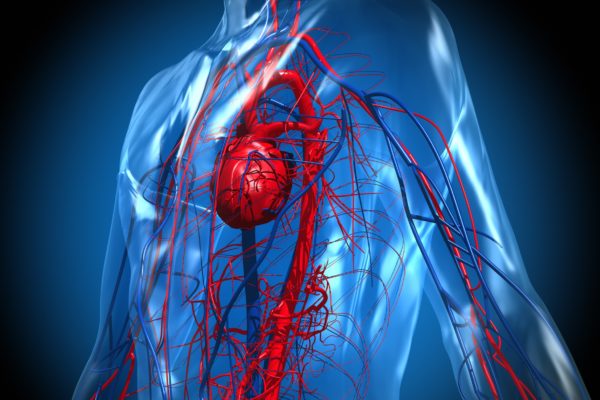
NHS
When malignant growths are found in one or both ovaries, it is known as ovarian cancer.
The ovaries are part of the female reproductive system and are found in the lower abdomen, on either side of the uterus. The fallopian tubes connect the ovaries to the uterus. The ovaries not only produce ova (female egg cells) but also hormones such as oestrogen and progesterone.
There are three main types of ovarian cancer:
Two more cancers are very closely linked to ovarian cancer:
Annually, around 870 Belgian women are diagnosed with ovarian cancer, which makes it one of the most frequently occurring cancer types. Most patients are 60 years old or older. The survival rates have remained stable for years, despite medical research. Women who are diagnosed with stage I ovarian cancer have a 5-year survival rate of 85%, but this outlook drops to 12% for women who are diagnosed in stage IV.
This article only addresses treatment for serous carcinoma, the most common type of ovarian cancer.
During the early stages of ovarian cancer, symptoms often go unnoticed. One of the reasons is that the ovaries are relatively distant from other organs in the abdomen. It is only when the cancer grows to a certain size, or spreads, that its effects become apparent. Some of the symptoms include:
As with many cancer types, there is no clear cause for ovarian cancer, but it is known that a genetic predisposition plays a part in roughly 10% of all women. Often, this genetic default can be attributed to a mutation of the BRCA gene, or the Lynch syndrome.
Ongoing research has identified a number of factors that can elevate the risk of contracting ovarian cancer. Among these factors are:
If a GP suspects a woman may have ovarian cancer, they will first conduct a physical examination, which includes a gynaecological exam. This consists of an internal as well as external examination, plus a vagina echography. Internally the doctor may opt for a speculum examination in order to obtain a smear, but other test methods are a vaginal and possibly rectal examination by hand.
If the doctor encounters any or several of the following symptoms, referral to a gynaecologist is likely:
A gynaecologist will repeat the physical examination and will also perform an echography and blood work. Special attention will go to detecting raised levels of CA 125, a well-known cancer antigen that is found in 80% of all women with ovarian cancer. The gynaecologist can also perform a CT scan, an MRI scan or an ascites drain in order to reach a diagnosis.
In order to come up with the best possible therapy, it is vital that the exact stage of advancement of the cancer is determined. For this, the TNM classification system is used. T stands for the state of the primary tumour, N denotes the amount of spreading to the lymph nodes, and M stands for metastasis to other organs.
This leads to the following classification hierarchy:
IIc: A combination of IIa and IIb with added cancerous cells in the abdominal fluid.
The differentiation of the tumour is an important factor in establishing a prognosis and treatment. This can be determined on the basis of a biopsy. A biopsy involves the removal of a small bit of tissue that can be examined under a microscope. Differentiation determines the degree of mutation in the cancerous cells.
If the gynaecologist suspects a patient may have ovarian cancer, a special surgery may help the gynaecologist to determine whether or not the tumour has spread. During this procedure, the tumour itself is removed and the doctor will assess whether surrounding organs have been compromised. The cancer is most likely to spread to the uterus, the fallopian tubes, the lymph nodes and adjacent organs. Biopsies from these organs will help the researchers determine how far the cancer has spread.
In case it is a stage I or IIa tumour, surgery is most often the preferred treatment. In more advanced cancers, chemotherapy can be added. Radiotherapy is only offered as palliative care.
A specific symptom associated with ovarian cancer is ascites; excess fluid in the abdominal cavity, resulting in bloating. This fluid is produced by the cancerous cells that also block the draining of this fluid. A specialist can perform an ascites drain by inserting a hollow needle through the skin, thus allowing the fluid to escape. In an advanced setting, targeted therapy with VEGF and PARP inhibitors can also be utilised, although this is an ongoing and active area of research.





